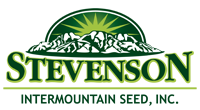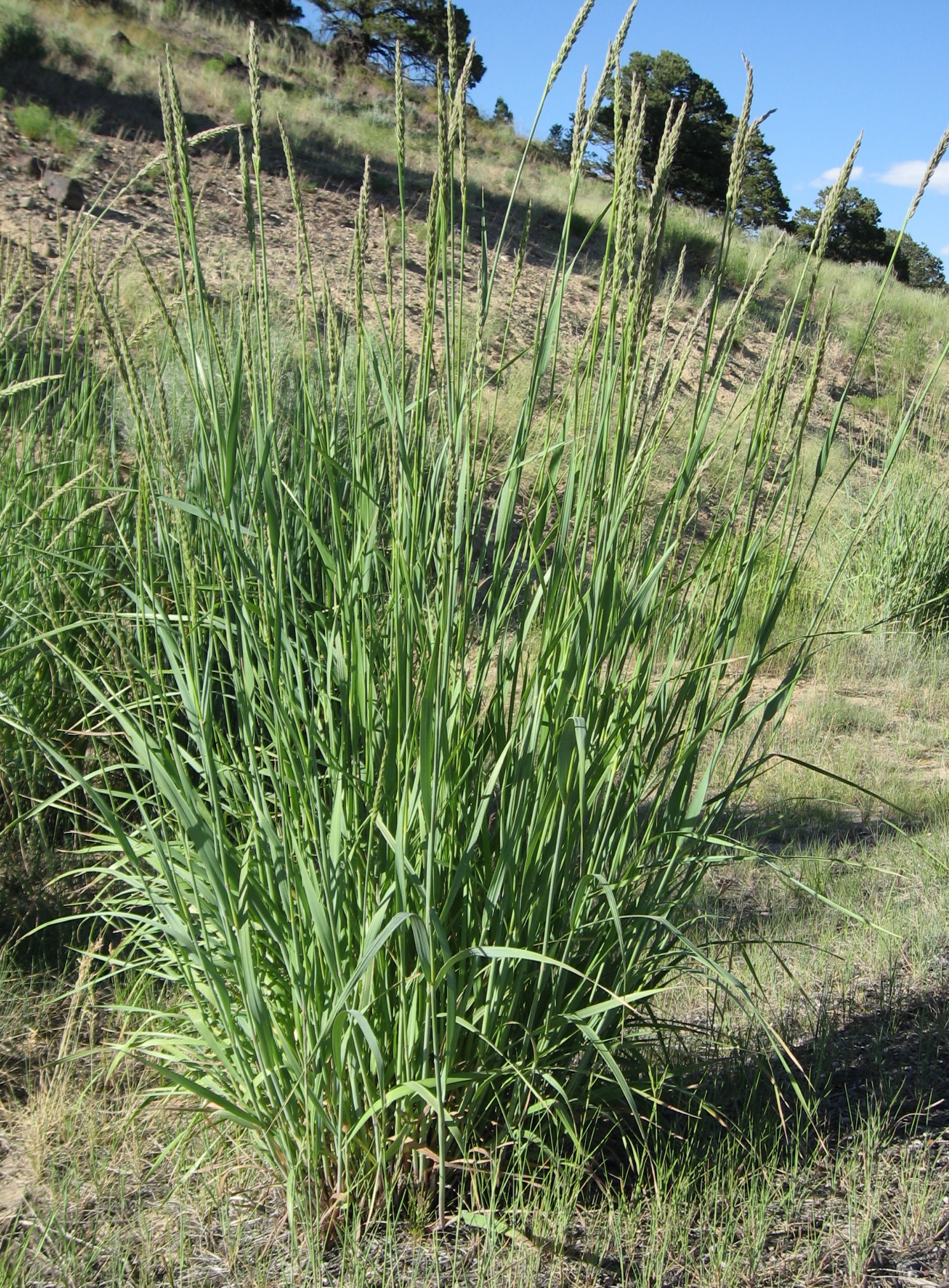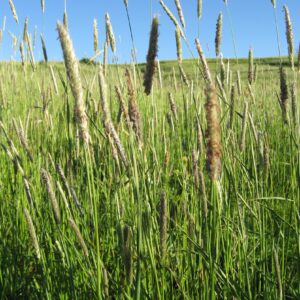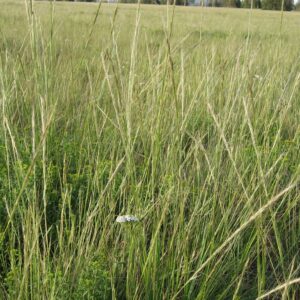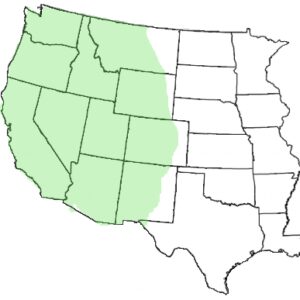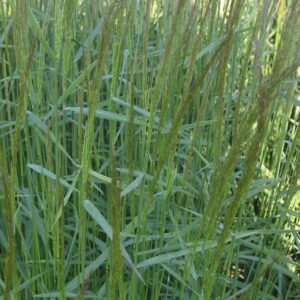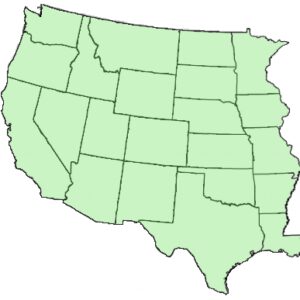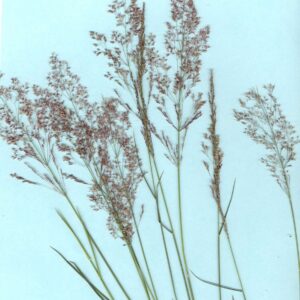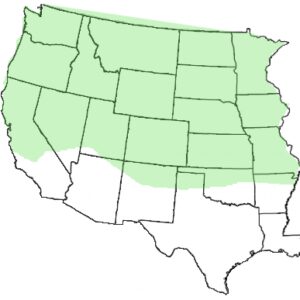Description
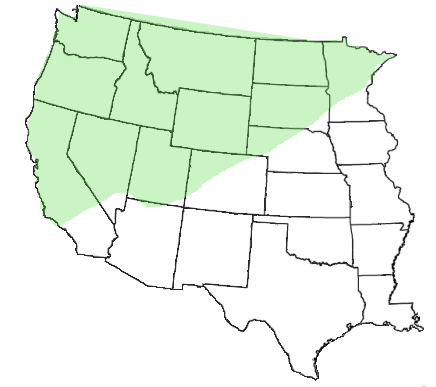 Leymus cinereus, Great Basin Wildrye
Leymus cinereus, Great Basin Wildrye
(old nomenclature: Elymus cinereus) (Native)
Tall, 3 – 9 ft., robust, long-lived, drought-tolerant, cool-season, coarse bunchgrass with short rhizomes. Adapted to a variety of soils but does best on silty, clay-loam soils. Good tolerance to salt and alkali. Excellent abundant forage producer, palatable early but much less so at maturity. Valuable as standing forage in winter and wildlife food and cover. Moderate grazing tolerance except for intense grazing of spring growth. Important for range, watershed, pasture and wildlife improvement projects as well as for revegetation of mining and other soil disturbing activities. Minimum precip. is 8 – 10 inches. Plant fall or spring ½ – ¾ inch deep. 130,000 seeds/lb.
Named Releases: ‘Magnar’ (Cultivar) Released in 1979 by the Aberdeen, ID PMC, from a Canada ecotype. Selected from vigorous plants over several generations. Has been used with much success on many adapted sites in the west.
‘Trailhead’ (Cultivar) Released in 1991 by the Bridger, MT PMC from an ecotype near Roundup, MT. Intended use is for sites in the Intermountain and Northern Great Plains regions. Selected for longevity, and drought-tolerance.
‘Continental’ (Tested Class) Released by the USU ARS, Meeker PMC in 2009. Intended use is for restoration, reclamation and rehabilitation of rangelands in the Intermountain Region. Selected for improved germination and seedling vigor.
USDA: Plant Profile | Plant Guide
